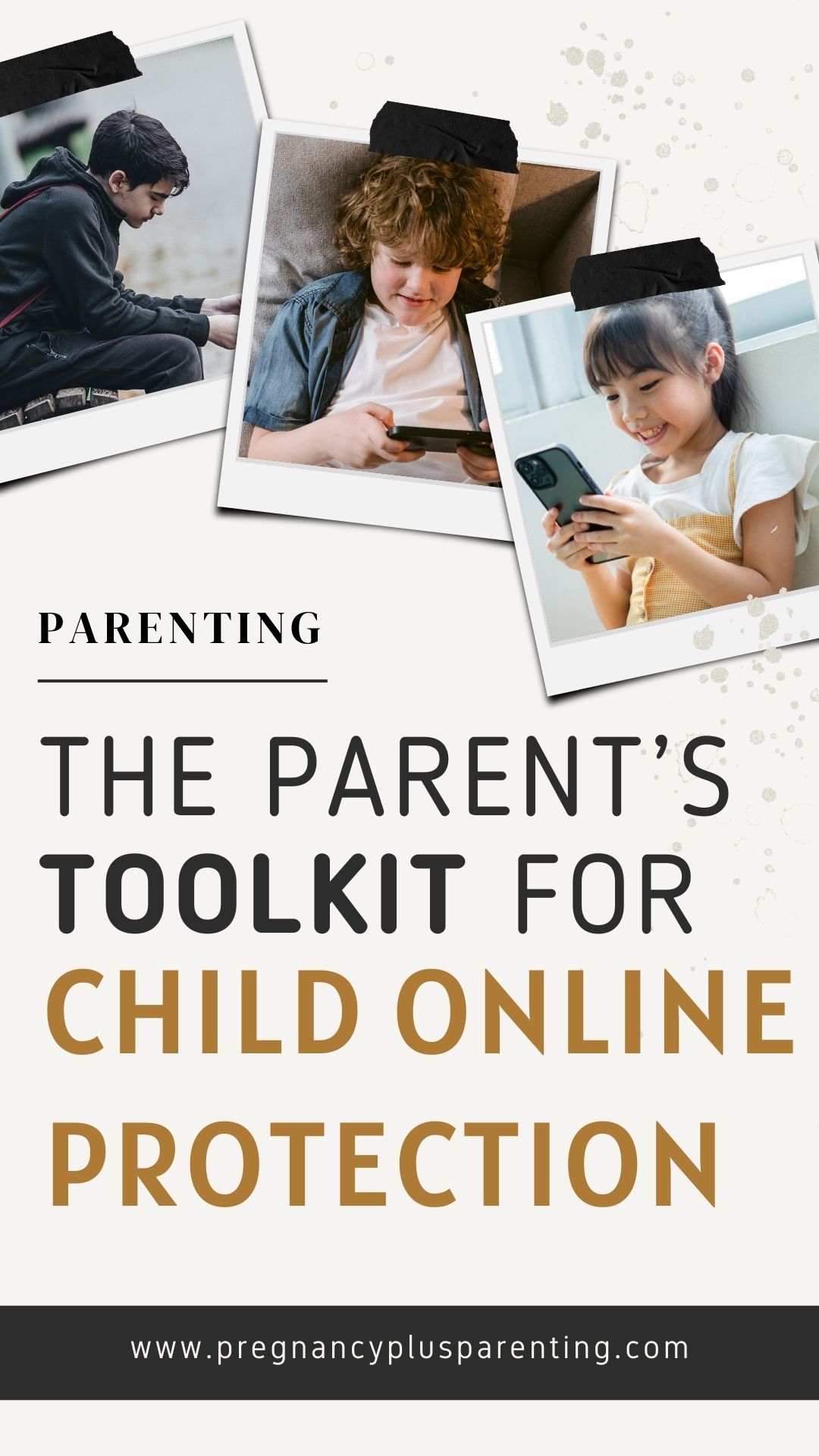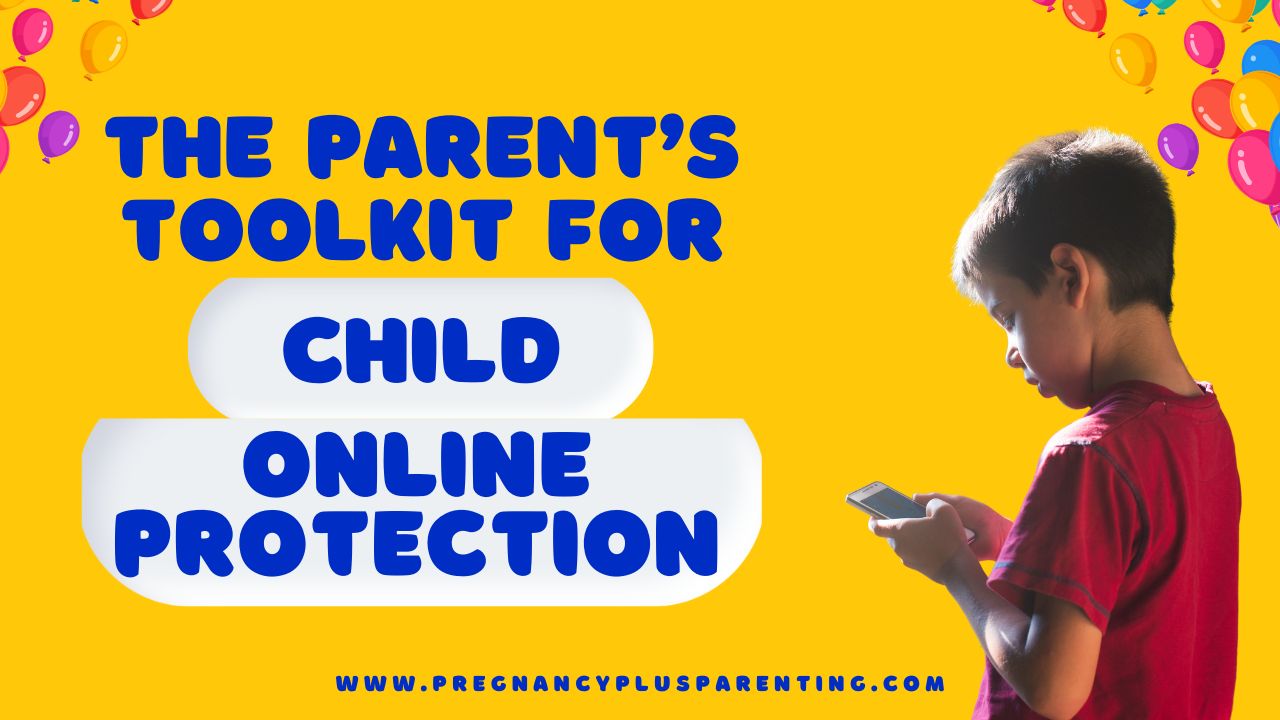The Parent’s Toolkit for Child Online Protection
As parents, we want our children to grow up safe and confident. We want them to develop their full potential, explore the world with curiosity, and pursue their dreams. We do everything we can to protect them from the dangers of the real, physical world.
But what about the digital world, the cyber world? Children often venture out there alone, and many of us parents aren’t even aware of what our children experience there or how dangerous it can sometimes be. We often underestimate the risks, but also the opportunities, that the cyber world presents.
The cyber world and its opportunities and risks for our children
The origins of the cyberworld date back to the 1960s, when the internet was invented. Over the past 60 years, humanity has experienced unprecedented digital progress—compared to all of history. Social platforms, artificial intelligence, and the Internet of Things (IoT)—more and more digital spaces and technologies are emerging. This progress is evolving at a rapid pace. It not only makes our daily lives easier, but can also combat hunger and save lives. At the same time, digital progress is changing the way we communicate and interact with each other.
Technological developments have a particularly strong impact on our children. They are growing up in a world full of virtually limitless possibilities, where information is abundant and permanent digital connectivity has become a matter of course.
Unlike us, our children quickly learn how to use new technologies. They are curious and eager to learn. But often these children are also naive and inexperienced in distinguishing between good and bad, real and fake. This makes them easy targets for cyber abuse and crime of all kinds. Even at a very young age, they leave behind digital traces that, if they behave carelessly online, can lead to digital identity theft or permanent reputational damage with devastating consequences.
To protect our children and simultaneously encourage them to be digitally active, we as parents should engage with cybersecurity and cybersecurity issues. We should understand the principles of healthy cyber hygiene and online etiquette so we can teach them to our children.
Did you know that:
- According to Barclays (as of 2018), parents will be responsible for two-thirds of identity theft among the younger generation by 2030 – mainly through “sharenting”?
- In 2023, US internet service providers submitted 15,882 suspected reports of online child abuse to the Federal Criminal Police Office, which represents a new record high ( BSI Situation Report 2023 )?
- Our children are exposed to new and ongoing challenges every day when dealing with deepfake abuse? Two-thirds of the cyber abuse cases handled by Jugendschutz.net involved sexualized violence.
- About 450,000 new malicious software variants emerge every day, which have the potential to cause great damage (according to IT security company AV-TEST)?
- In an increasingly digital world, children need above all digital competence , critical thinking, adaptability and the readiness to meet the challenges of the future (according to the World Economic Forum)?”
You are probably wondering:
- What risks is my child exposed to in the digital world?
- How can I protect my child’s digital safety?
- How can my child take full advantage of the opportunities and possibilities of the cyber world?
- How do I increase my child’s cyber awareness?
In my book, “Cyber Aware. How We Strengthen Our Children’s Cyber Awareness,” I answer these questions and offer practical solutions. It is based on my expertise as an IT security expert and my experiences as a mother of two teenagers.
This book offers you clear guidance, provides a basic understanding of the cyber world, highlights risks and opportunities, and provides concrete recommendations on how you can protect your family from cyber threats.







